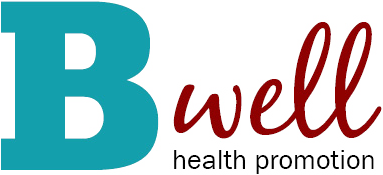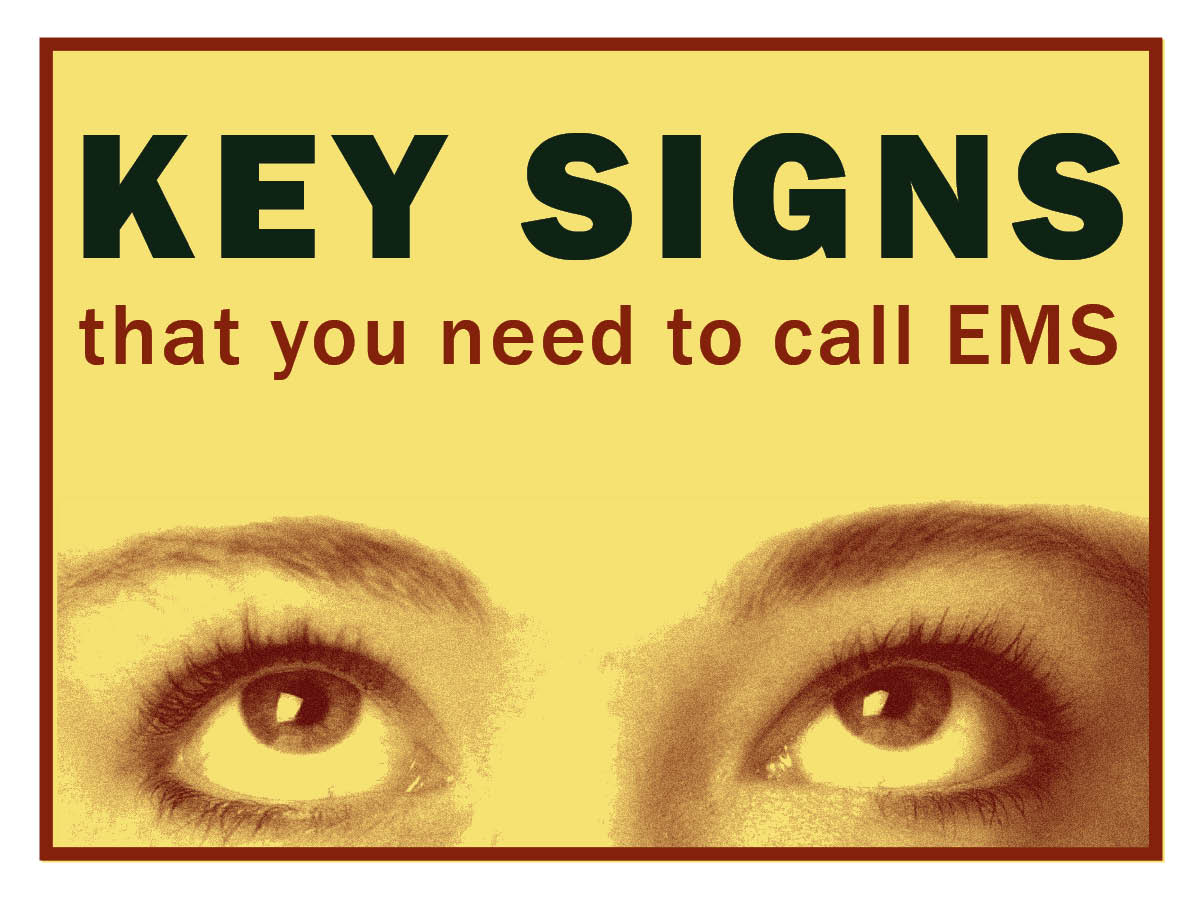Smokeless tobacco originates from the tobacco plant and comes in various forms including chewing tobacco, snuff, dip, and snus- all of which contain nicotine. Nicotine is a stimulant of the central nervous system that constricts blood vessels, increases heart and respiration rate, and has a depressant effect on appetite.

Other Drugs
Smokeless Tobacco
What is smokeless tobacco?
How is it used?
-Chewing tobacco (oral): Chewing tobacco is loose-leaf smokeless form of tobacco that is often coated with a flavoring licorice or molasses. The chewing tobacco is placed between the teeth and the gums in the form of a wad and then it is chewed in order to release the flavor and nicotine, which is then absorbed by the mouth.
-Snuff (nasal): Snuff is a form of smokeless tobacco made from ground or pulverized tobacco leaves. The snuff is pinched in the hand and then inhaled or insufflated. This delivers a quick hit of nicotine through the nasal mucosa.
-Dip (oral): Dip is a type of finely ground or shredded, moistened smokeless tobacco product. The dip is removed from the can, and put into the mouth between the gums and teeth where the nicotine can be absorbed by the mouth.
-Snus (oral): Snus is a form of finely ground or shredded, moistened smokeless tobacco product that is contained in pouches. Much like dip, it is placed into the mouth between the gums and teeth where the nicotine can be absorbed by the mouth.
What are the health risks of using smokeless tobacco?
Smokeless tobacco is not a safe substitute for smoking cigarettes. Nicotine and other harmful chemicals found in tobacco are NOT removed by spitting; they mix with saliva and are absorbed through the oral mucous into the bloodstream. Smokeless tobacco can cause cancer and a number of non-cancerous oral conditions and can lead to nicotine addiction and dependence. The use of smokeless tobacco products may put an individual at a 50 times greater risk of developing oral cancer (especially in the cheeks, gums, and throat). Oral cancer is a particularly deadly form of cancer, killing 30% to 50% of its victims within 5 years.
Leukoplakia (leathery white patches inside the mouth) are a result of direct contact with and continued irritation by tobacco juice.Just a few months of using oral smokeless tobacco products is often enough to cause leukoplakia on the gum, cheek, or tongue. Approximately 5% of diagnosed cases of leukoplakia develop into oral cancer.
Dental problems such as receding gums, tooth decay, loss of teeth, worn spots on the enamel, discolored teeth and bad breath are common among users of smokeless tobacco. Smokeless tobacco users have also reported a decreased sense of taste and smell.
How can I quit?
There are a variety of techniques for quitting smokeless tobacco. Whether you choose to quit "cold turkey" or go slowly by "nicotine weaning," you can decrease any discomfort you may feel as you quit. Follow these tips:
-
Choose a time to quit. Don't pick a time when there's a high level of stress in your life; you could be setting yourself up for failure. For example, don't try to quit during exams.
-
Think about why you started using smokeless tobacco in the first place. Is it a way of coping with stress? Is it a habit in certain situations? Do you use it when you're bored? Do certain times of the day trigger an urge to use?
-
When the urge to use strikes you, interrupt it. Develop strategies for dealing with triggers, urges and social pressure. Substitute other things for tobacco, such as sugarless gum, snacks or deep breathing if you chew to relieve stress. You can modify your behavior by using techniques such as relaxation, exercise, cognitive awareness and stress management.
-
Ask friends for support. They can help you get beyond triggers and celebrate your successes along the way.
-
The physical desire for nicotine is not something you can "unlearn" but you have several options for handling withdrawal. You can quit all at once and tough out the days when your body really wants the nicotine. Or you can steadily decrease your intake until you quit.
-
It is normal for some people to have relapses. Instead of feeling that you've failed, remind yourself that you've quit before and you can quit again. Learn from past experiences; the second or third time may be easier because you've done it before.
How do I help a friend quit?
Click here for ways to help a friend.
Resources
www.killthecan.org
A resource to quit dip and chewing tobacco.
Smokeless Tobacco: Tips on How to Stop
A resource for quitting smokeless tobacco from FamilyDoctor.org.
University Health Services 401.863-3953
Confidential medical care, including prescriptions for Zyban. Pamphlets on quitting smoking available throughout the building. Located at 13 Brown Street on the corner of Brown and Charlesfield Streets.






